Today, I’m going to show you how to get more ecommerce sales using one simple affiliate promotion strategy. To show you how it’s done, I spoke with Jack Meredith (Senior Growth Marketer at Kettle & Fire) who showed me the exact process that made them $8,000 from one affiliate campaign.
Here is the four-step framework you can use to land affiliates with large audiences who can drive thousands of dollars in sales to your ecommerce store:
Step 1: Find Your Dream 10 Affiliates
Find an influential person in your industry with a large audience who regularly writes about topics related to the product you sell. Jack found Amy Myers MD (a leader in functional medicine and a New York Times best-selling author).
Create a list of big influencers in your industry, then check their website traffic and social media followings to prioritize your outreach.
To create this list, go to LinkedIn, search for people connected to one big influencer you know (who you are connected to on LinkedIn), and filter that search to people in your industry. Make a shortlist of those people.
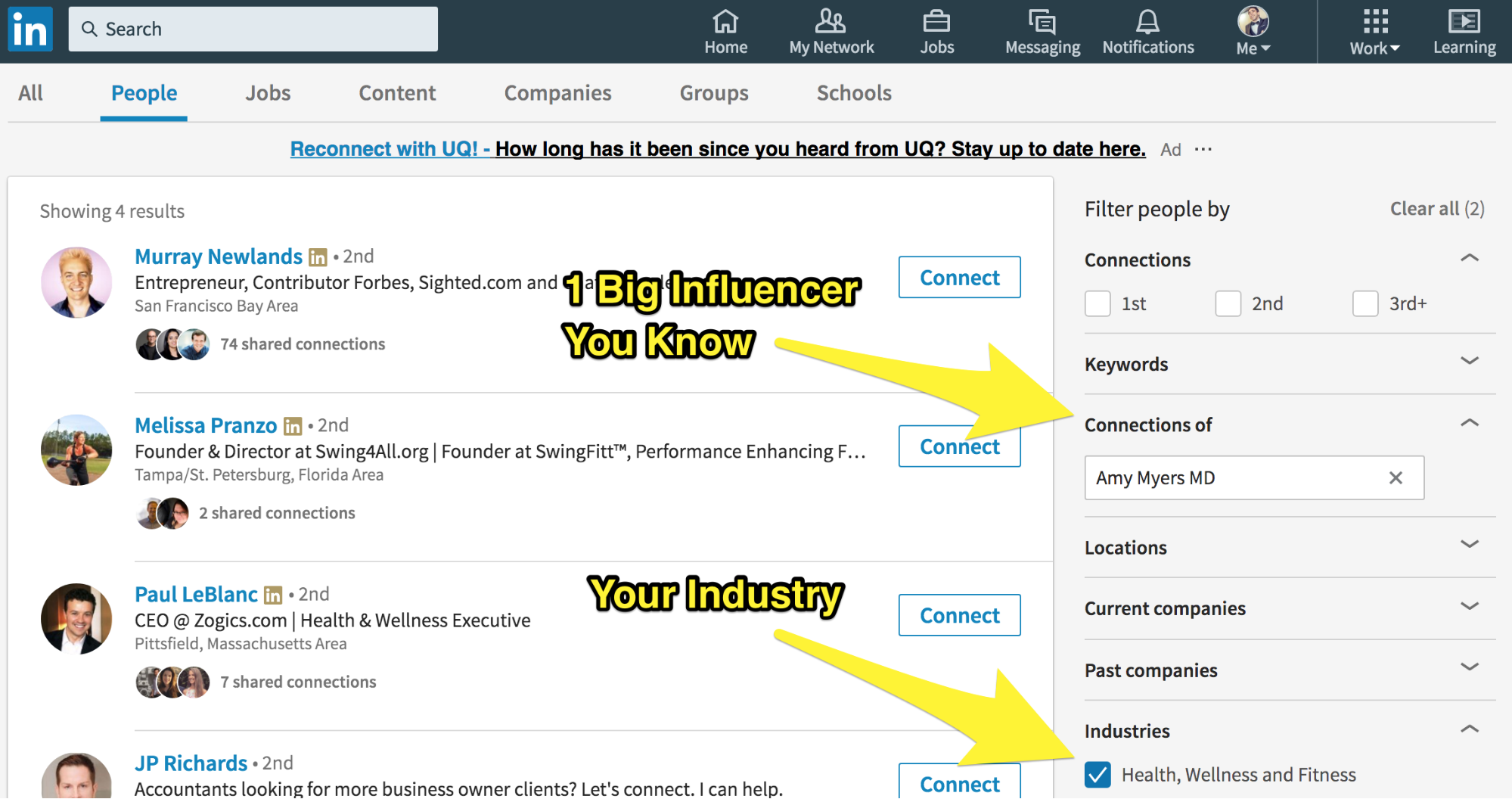
A good starting point for your outreach is your Dream 10 affiliates. These are found by doing the filtered search above until you create a list of 10 people.
These are the top 10 affiliates who, if you landed partnerships with them, could completely change your business.
Once you’ve made a shortlist of potential affiliates, go to SimilarWeb and enter their website to see their average monthly website visitors.
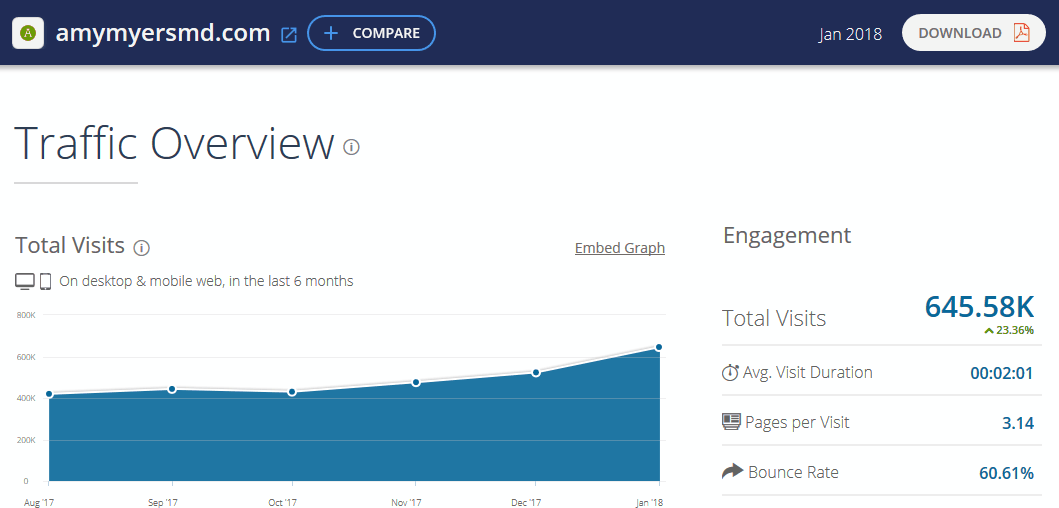
Go to Facebook, search for the affiliate’s name, and see how many Facebook fans they have.

One simple LinkedIn search, plus these two data points (website traffic and number of Facebook fans) will give you a good idea of how influential this person or company is in your industry to determine if they would make a good affiliate for your product.
Note: Before you send your pitch, do a quick Google Advanced Search to see if the person/company you are pitching is already an affiliate for other products (or one of your competitors).
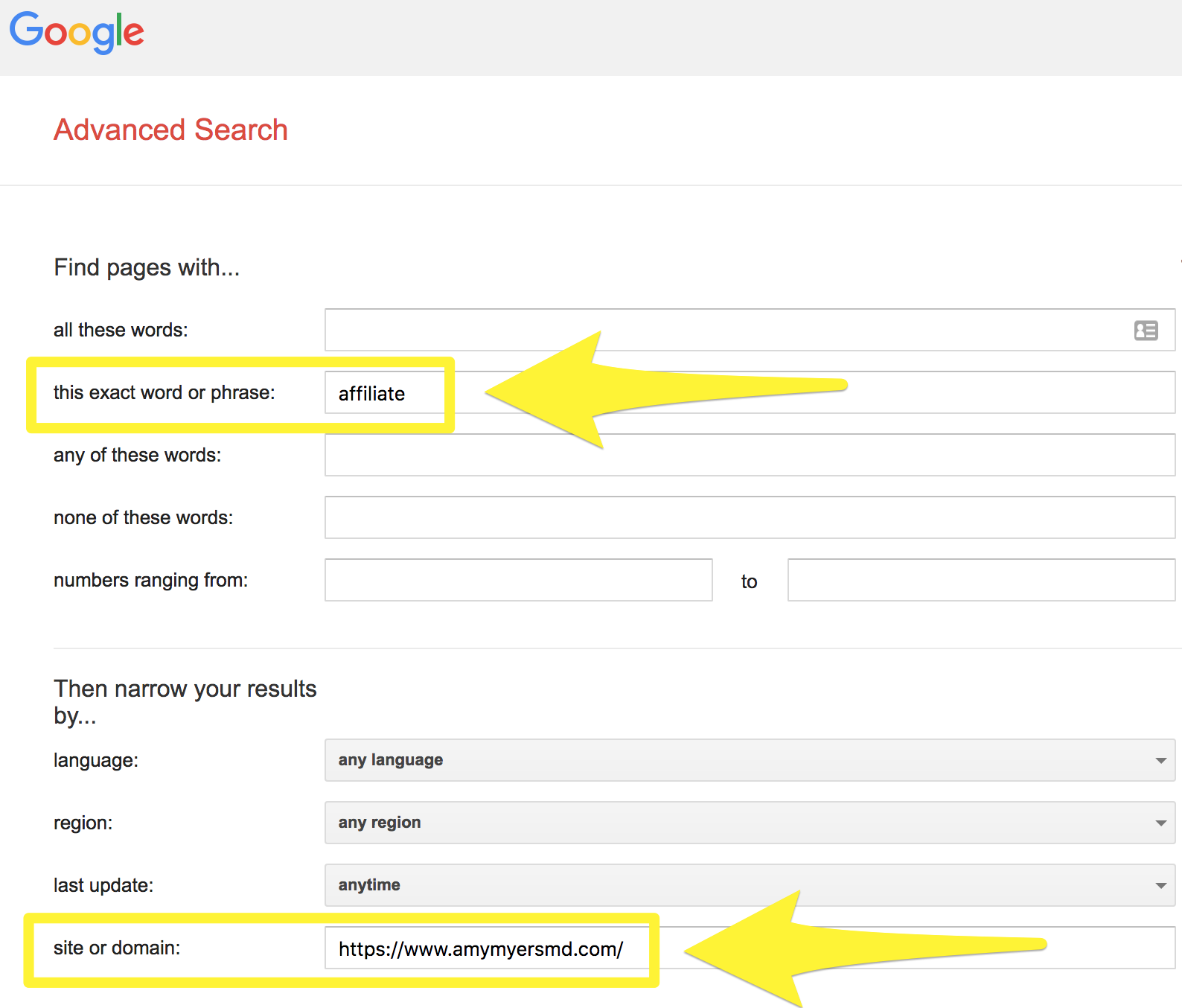
Most affiliates with a trusted audience are transparent about the affiliate products they promote and will mention somewhere on their website their affiliation with other companies. If you find they are already an affiliate for other products, you can study what they do and pitch a better offer.
Step 2: Send Your Personalized Pitch
Contact the affiliate about working on a potential partnership together. Here is the template Jack used to land the partnership with Amy:
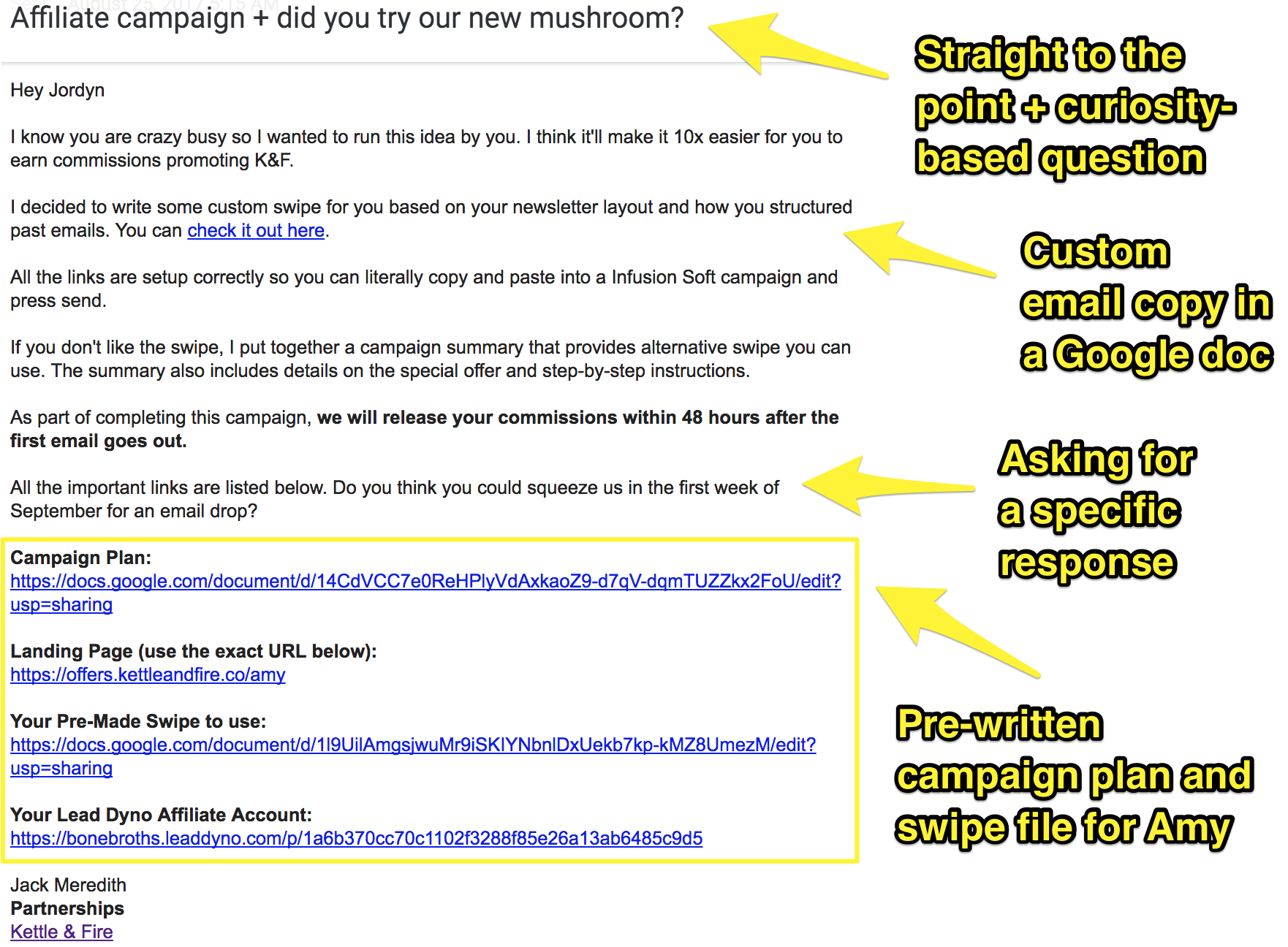
Notice how Jack didn’t send the email directly to Amy. Instead he contacted Jordyn (Amy’s Marketing Manager) who has the decision-making authority to run the affiliate campaign.
It took over a year for Jack to get Amy onboard, given Amy’s popularity. After a lot of back-and-forth, Jack realized he needed to make the campaign as easy as possible for Amy’s team to promote (with the email above that finally won them over).
He took the extra step and put together a campaign plan and swipe file that was exactly like their newsletter format. That way, all they had to do was literally copy and paste the swipe into their email marketing software. That’s what made Jack’s pitch email above so successful.
If you don’t want to do all the upfront work of writing personalized email copy and swipe files for your potential affiliates, here is an email template that Karol “Prime The Pump” Gajda, our affiliate manager at Sumo, uses to first start off the conversation with a potential affiliate partner (it was so good that Karol sent a fake test to Chief Sumo and got him to respond):
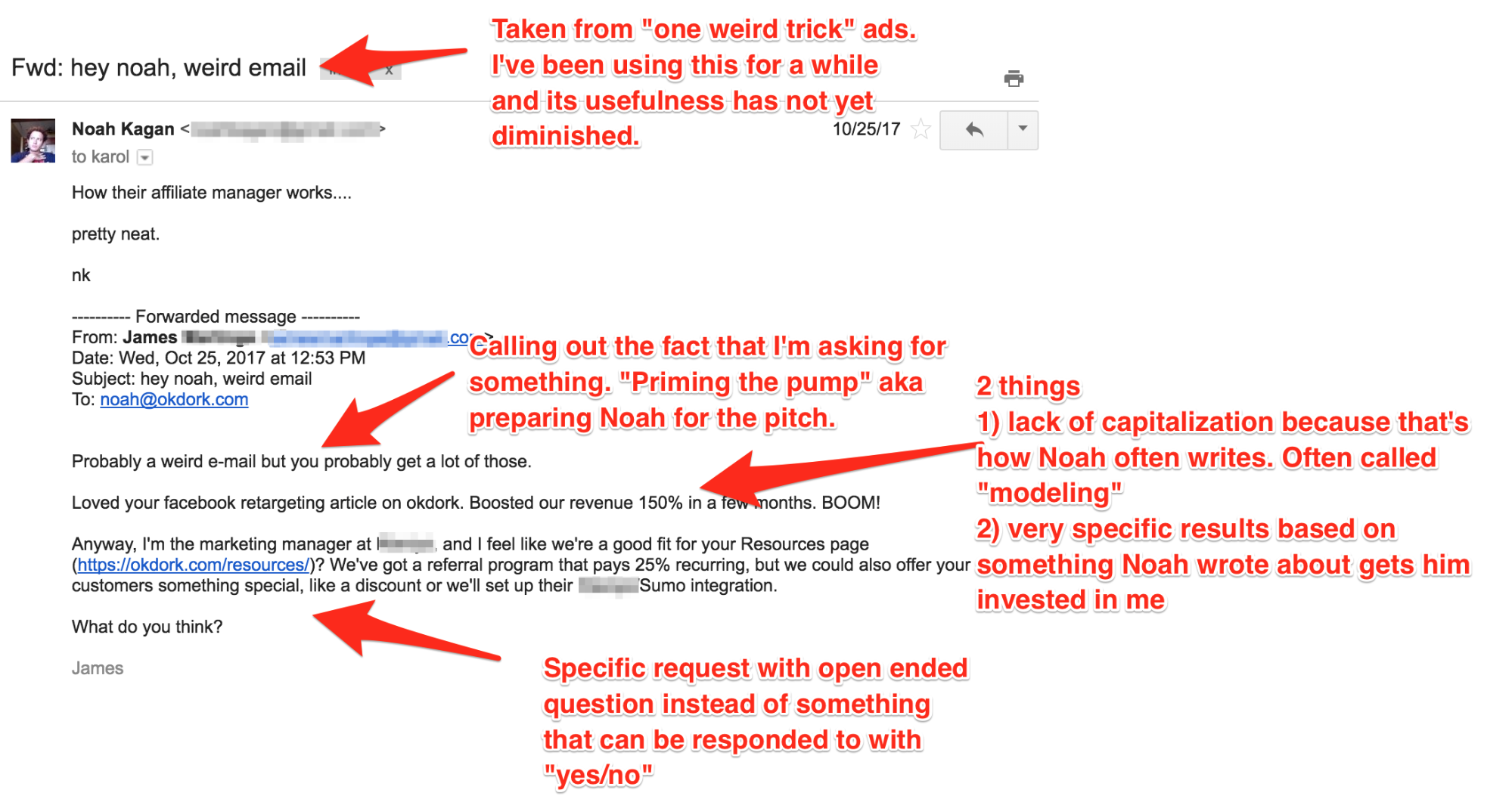
If you combine Karol’s email for your first touch with a new affiliate, then use Jack’s personalized campaign plan email on the second touch once you get a response, you’ll have a one-two punch your affiliates won’t be able to resist.
Step 3: Execute Your Affiliate Campaign Plan
This is where you need come up with a simple campaign plan for your affiliate partner and execute on it. Here is the plan Jack developed:
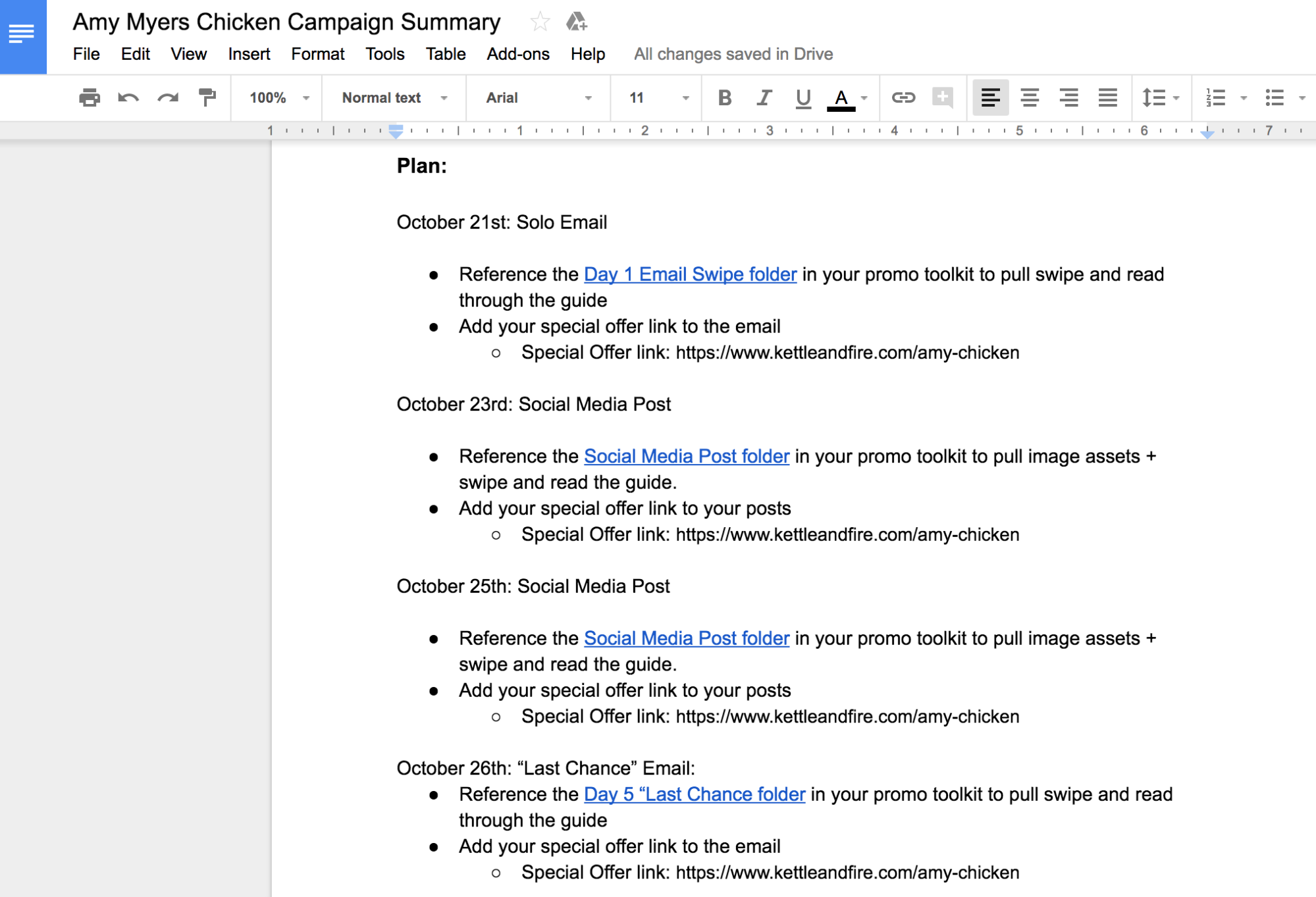
Download Jack’s Affiliate Campaign Plan Template
The dedicated email send on October 21st, and the last-chance email on October 26th were the two biggest promotions in Amy’s campaign that drove sales for Kettle & Fire. Here’s the email Amy sent on October 21st:
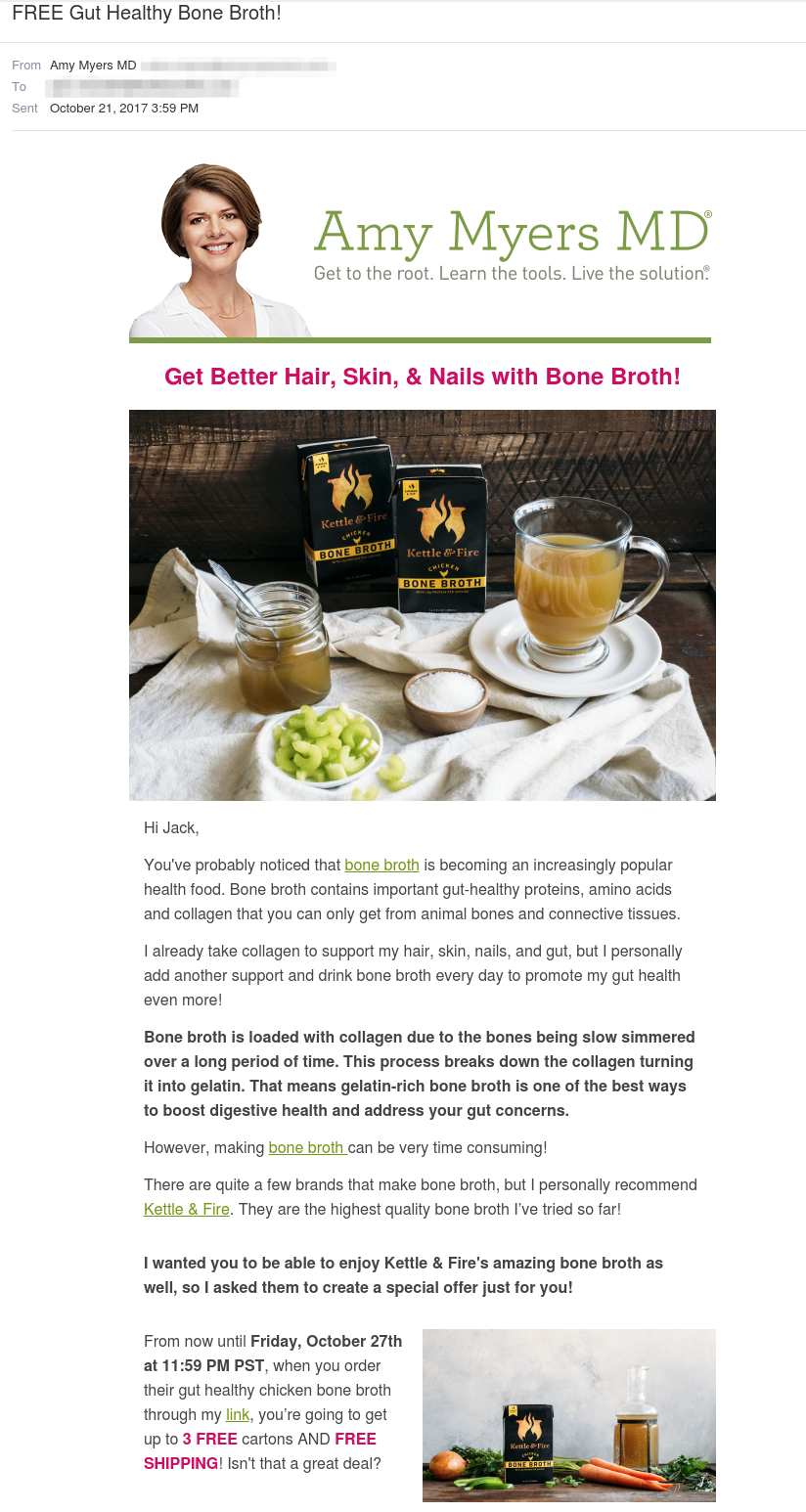
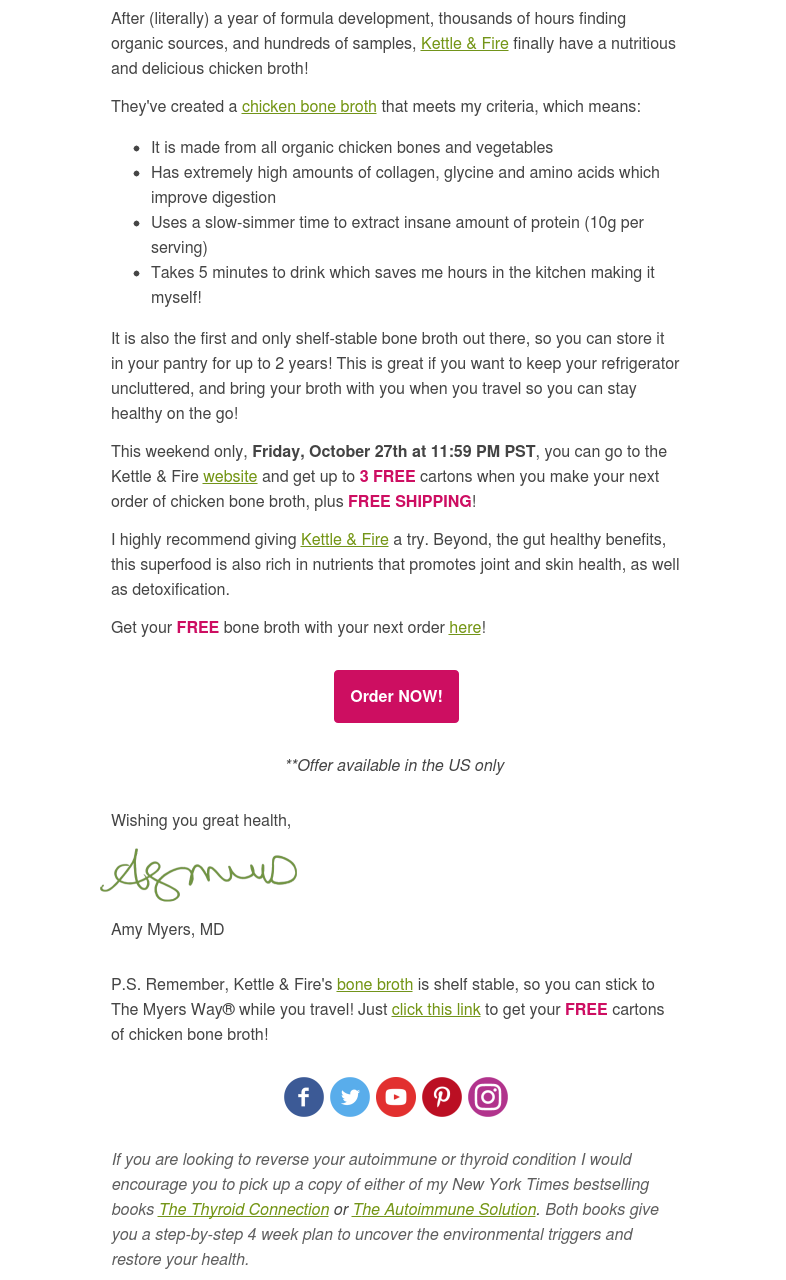
Notice how in the body of the email there are 11 green links. All these links go to one place: https://www.kettleandfire.com/?afmc=amy
That is Kettle & Fire’s homepage with a unique parameter added to the end of the URL that Kettle & Fire uses to track affiliate commissions.
Every affiliate has their own unique link using that format.
But that link isn’t just used to track affiliate commissions.
It’s also used to trigger a popup with a special offer that Amy Myers fans saw when they visited the Kettle & Fire website. This popup got 5,000 people to click-through to the offer page (Note: you won’t see this popup now because the affiliate promotion is over).
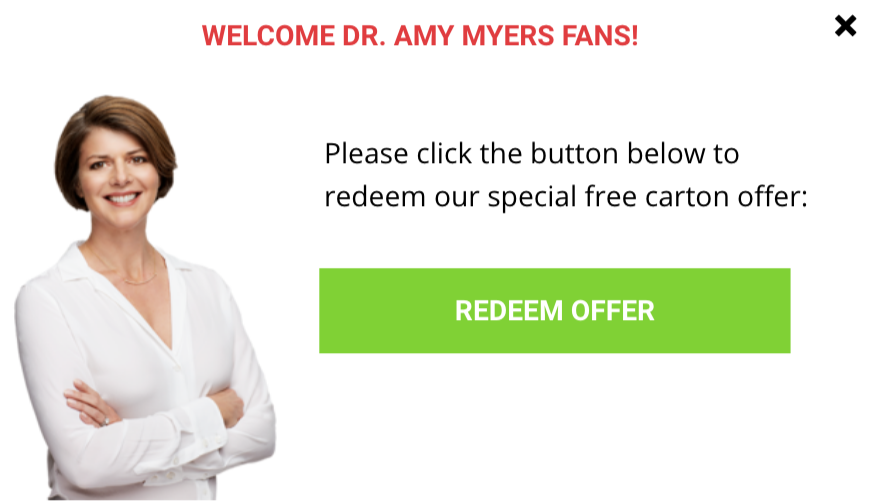
Golden Nugget: Jack found that by serving up popups with a familiar face, the affiliate's audience is way more likely to buy.
Kettle & Fire used Sumo’s “With A Query Parameter” display rule and set it to “afmc Is Equal To... amy” to trigger the popup.

Here is what the final Visibility settings looked like:
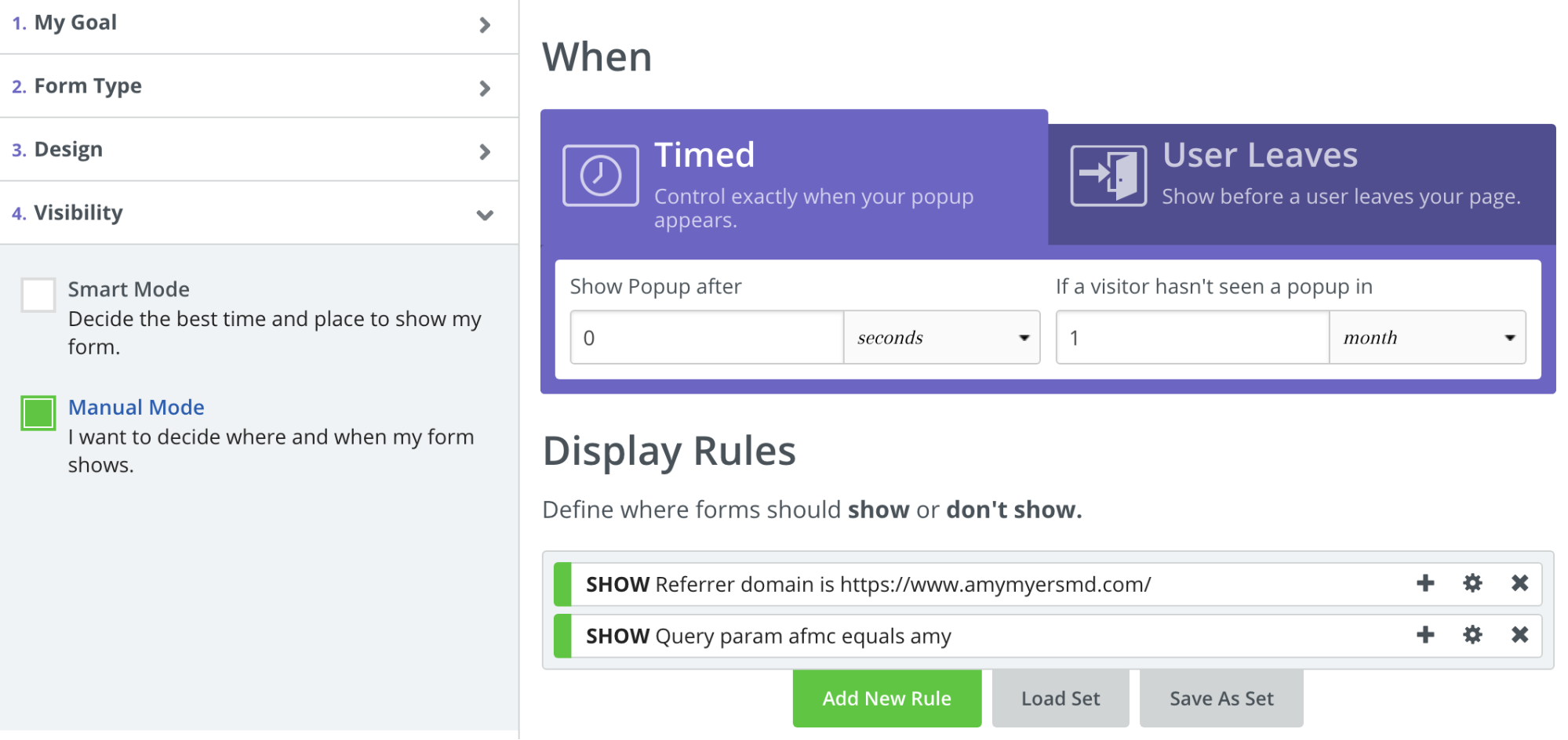
Set up one of these popups for your own affiliate promotions inside Sumo.
People who click the “Redeem Offer” button on the popup go to a customized long-form sales page where they can get the offer Amy sent in her email:

The genius behind this sales page is that Kettle & Fire can use it for all their affiliates... all they have to do is duplicate the page, change the “above-the-fold” section on the page (pictured above), plus two other sections.
The sales page is 3,297 words long, so instead of showing you the whole thing, here is a summary of every section on the page, with the sections Kettle & Fire customize in bold:
Section 1: Headline
Section 2: Featured In logos
Section 3: Affiliate testimonial
Section 4: Product benefits
Section 5: Video testimonial of 3x world’s toughest mudder champion
Section 6: Product ingredients
Section 7: More product benefits
Section 8: How they make the product
Section 9: Number of five-star reviews (3 examples)
Section 10: Health experts who recommend it (5 examples)
Section 11: Product story
Section 12: Nutrition facts
Section 13: FAQs
Section 14: Pricing
Section 15: 30-day full refund guarantee
Here’s a preview of the two customized content sections:
Section 3: Affiliate testimonial
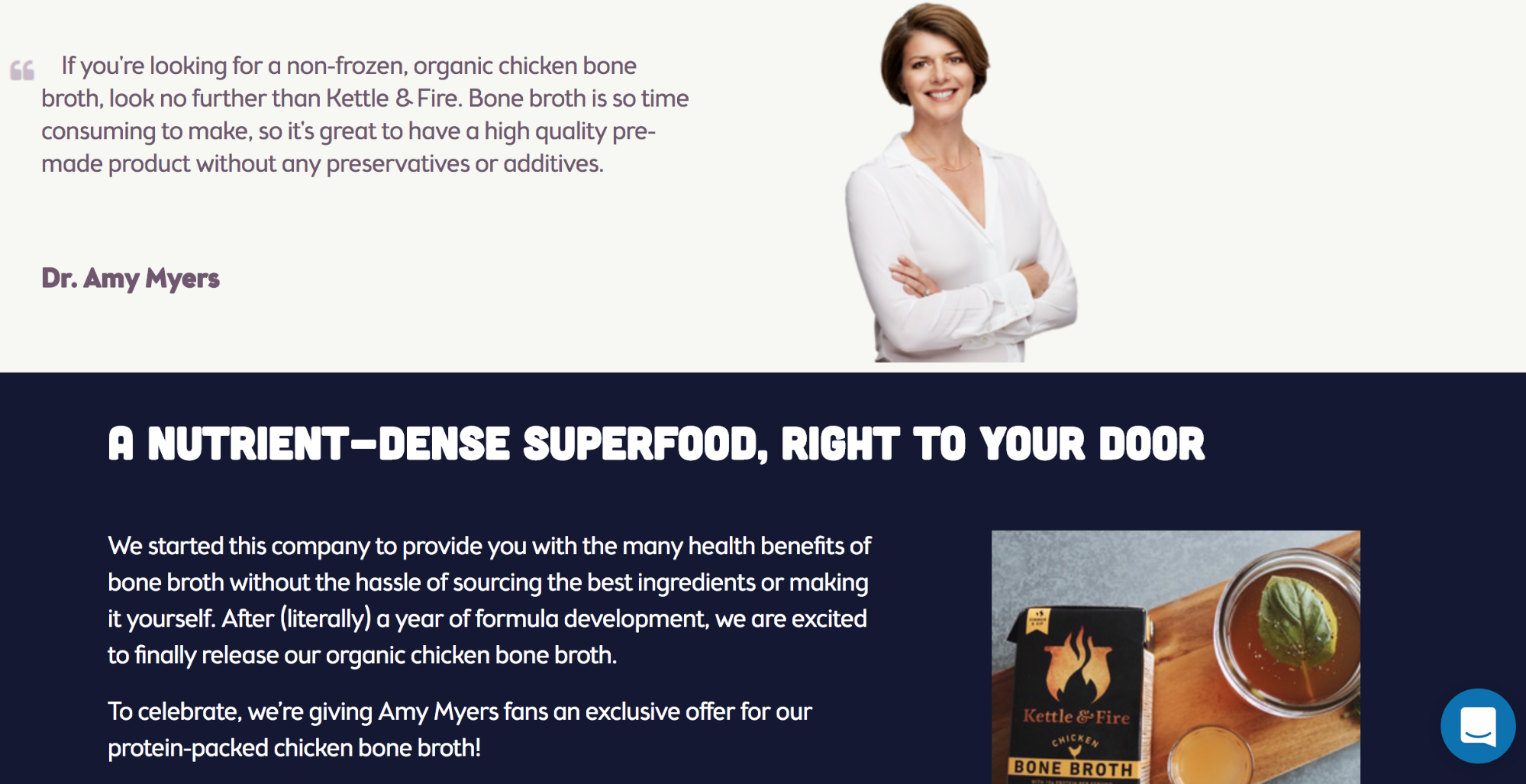
Section 14: Pricing
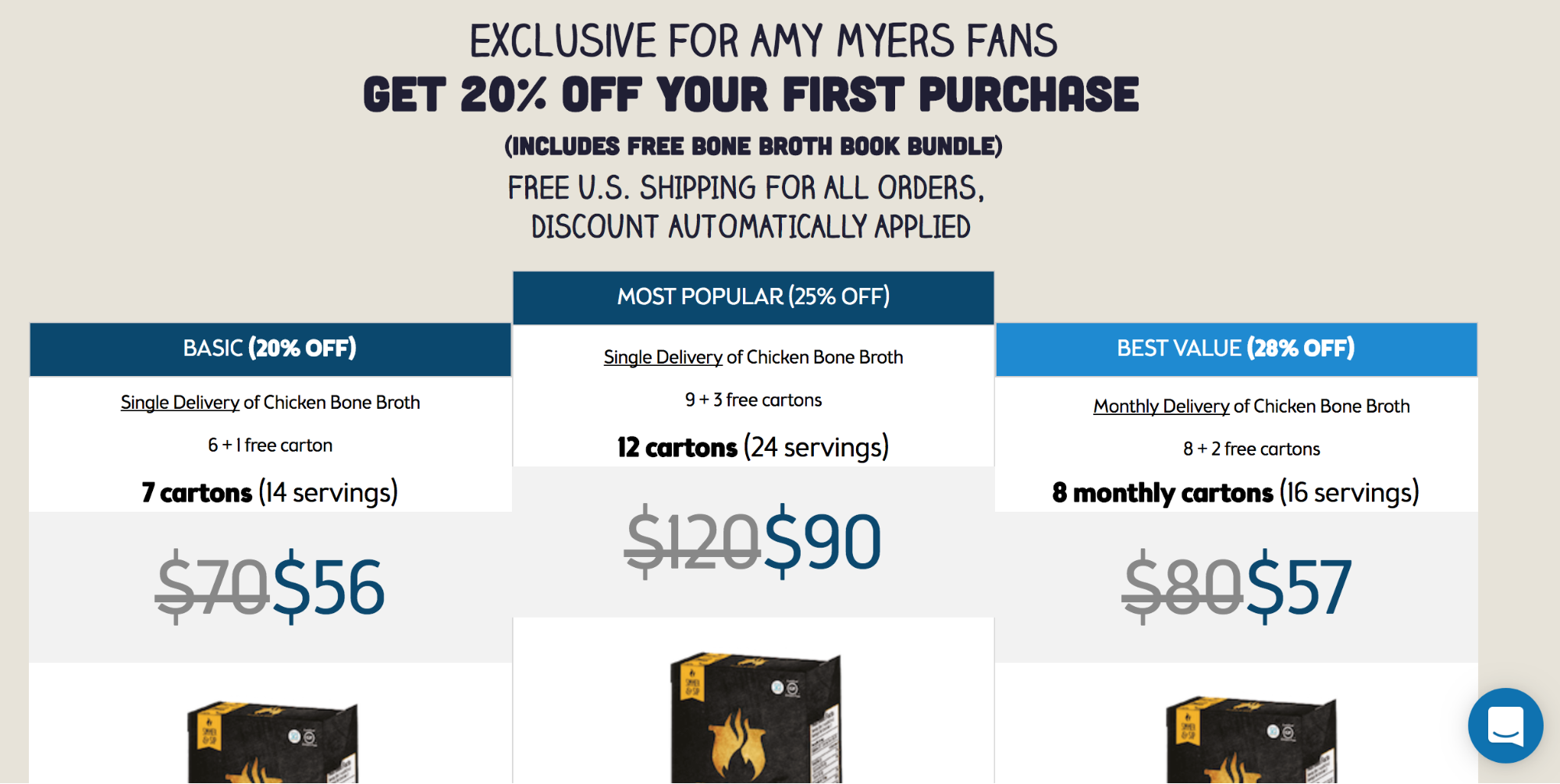
The rest of the sales page is a template Kettle & Fire can use over and over again. This is a smart way to create 100% customized affiliate landing pages to increase sales for you and your affiliates.
This landing page converted 2.6% of traffic into customers; 5,000 people saw the landing page, and 130 people bought the offer.
Step 4: Make Recurring Revenue From Your Affiliate Traffic
After your campaign is over, you are going to get traffic from people who visit your affiliate’s site and see the offer after the campaign has ended. You may also get ongoing traffic from a blog post you posted on their site, or a link to your business on their Resources page, etc.
To capitalize on this traffic and make recurring revenue from people who trickle into your site over time, use this advanced tactic to increase your sales from affiliate referral traffic.
To do it, click here to install Sumo, then follow these instructions:
Take note of your affiliate’s URL and the unique tracking link you sent them. For this campaign, the values are:
Affiliate website URL: https://www.amymyersmd.com
Affiliate tracking link: https://www.kettleandfire.com/?afmc=amy
Go to List Builder and set your Goal to “Add a Call to Action”.
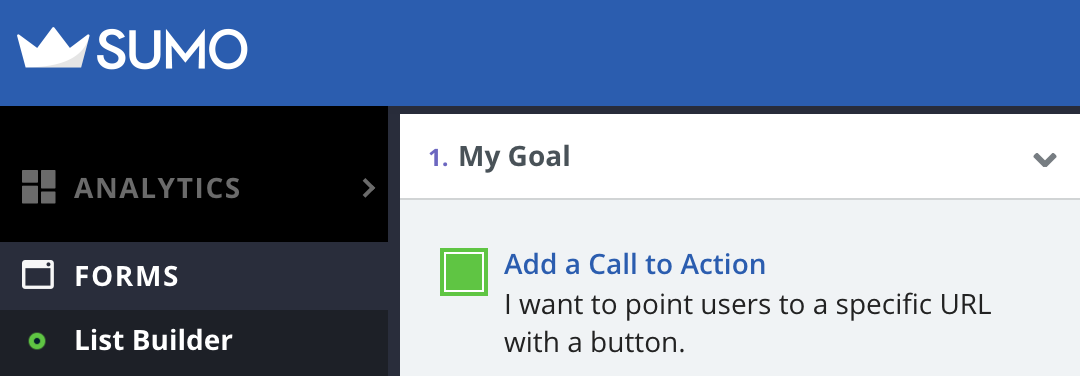
Set your Form Type to “Popup”.
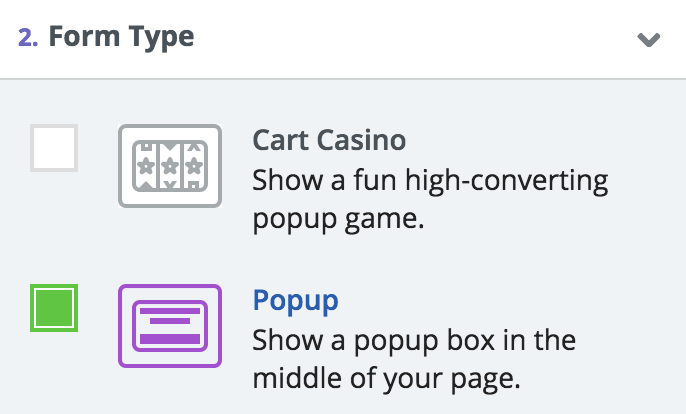
Set your Design to Sumo’s “Deco” template (Kettle & Fire used this template so they didn’t need to pay a designer to do design work).
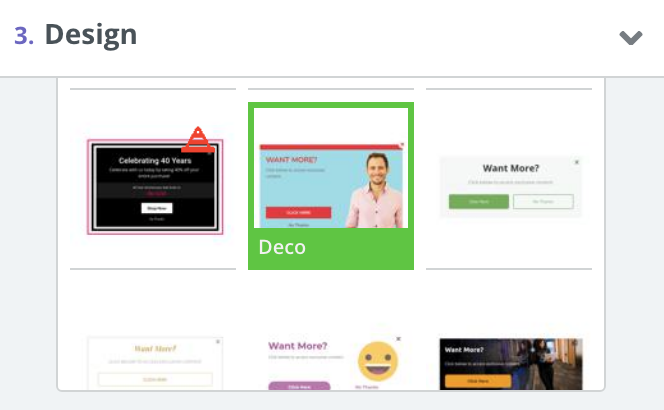
Under “Display Rules”, set up two rules to show the popup so you don’t miss any traffic your affiliate sends you (one “Referrer” display rule for your affiliate website URL and one “URL” display rule for your affiliate tracking link)
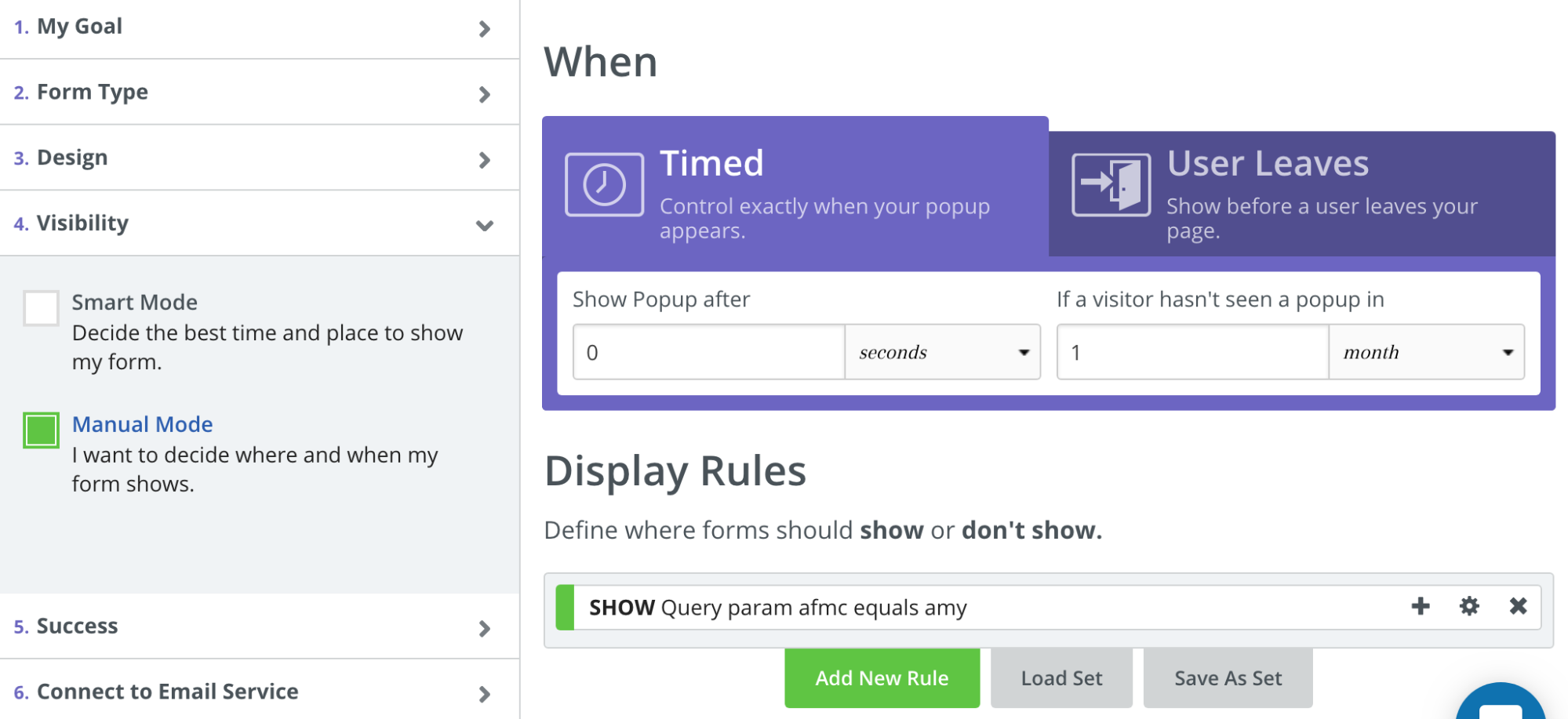
Those instructions will allow you to trigger a popup to show to traffic that your affiliate sends to your website. You can then get that popup to:
- Send people to a customized landing page
- Get people to enter their email to claim an offer
- Get social media followers (on Twitter, Facebook or Pinterest)
Whatever you decide, the power is in personalizing the offer with your affiliate’s familiar face. This taps into something called the “association bias” (one of the 25 cognitive biases that influence people's actions without them consciously knowing) that cause people to favor products associated with someone they like.
Your affiliate has a trusted audience that knows, likes, and trusts them. With this four-step plan, you can leverage that trust to show your affiliate’s fans a customized offer so you can make more sales from every affiliate promotion you run.
To customize your offers from traffic your affiliates send you, use a Sumo popup that triggers based on your affiliate’s tracking link and website.


Comments